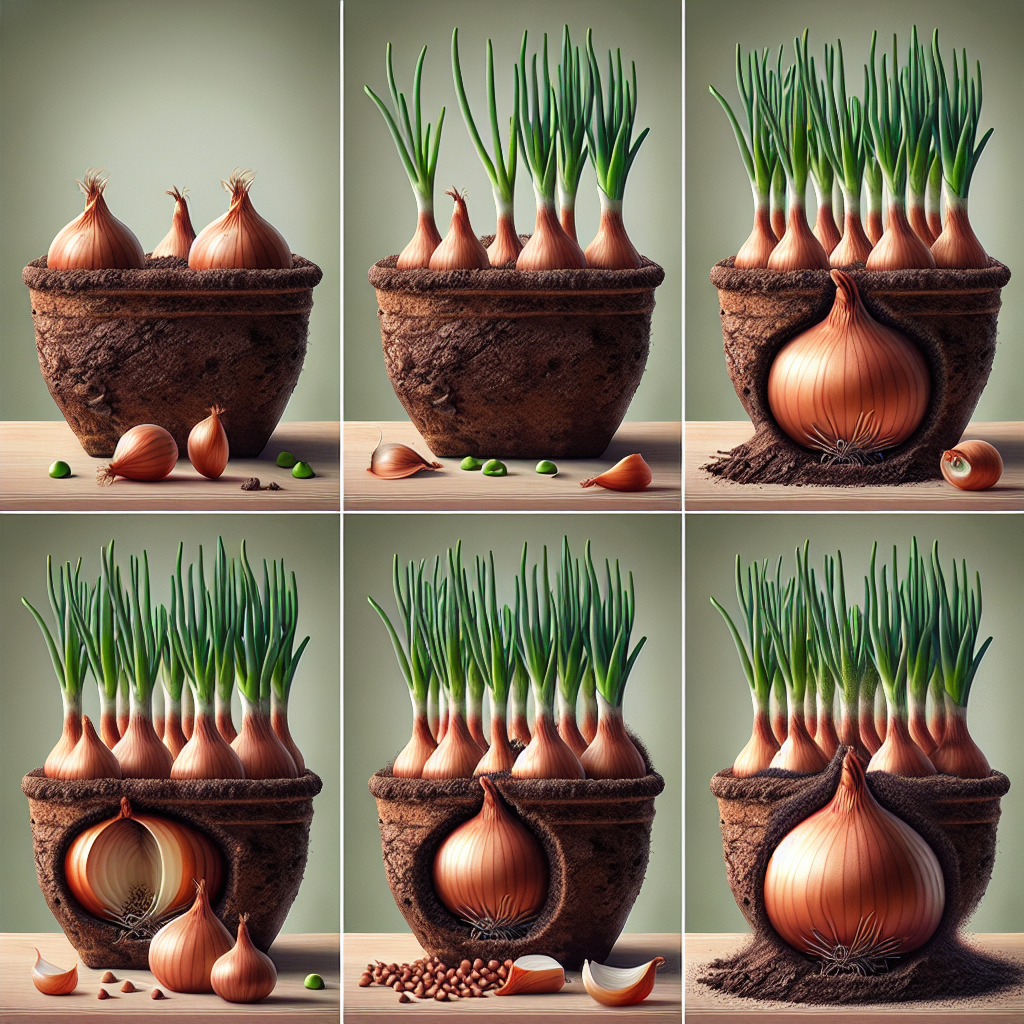Onions are a versatile and flavorful vegetable that can be grown in even the smallest of spaces. Whether you have a tiny garden plot or just a few pots on a balcony, you can successfully cultivate onions with the right guidance. In this step-by-step guide, we will walk you through the process of growing onions in small spaces and help you enjoy a bountiful harvest of this tasty vegetable.
Step 1: Choose the Right Variety
The first step in cultivating onions in small spaces is to choose the right variety for your growing conditions. There are many different types of onions available, including short-day, long-day, and intermediate-day varieties. Short-day varieties are best suited for growing in warmer climates with less daylight hours, while long-day varieties are ideal for cooler climates with longer days.
For small spaces, consider choosing smaller varieties that are more compact and do not require as much space to grow. Some good choices for small spaces include green onions or scallions, which can be grown in pots or containers.
Step 2: Prepare Your Soil
Onions prefer well-draining soil that is rich in organic matter. Before planting your onions, prepare your soil by adding compost or aged manure to improve its fertility and structure. Onions also prefer a slightly acidic soil pH of around 6.0 to 7.0.
If you are planting your onions in pots or containers, make sure to choose a high-quality potting mix that is specifically formulated for vegetables. Ensure that your containers have good drainage holes to prevent waterlogging.
Step 3: Planting Your Onions
Onions can be grown from seeds, sets (small onion bulbs), or transplants. If you are starting from seeds, sow them indoors 8-10 weeks before your last frost date. Transplants can also be purchased from nurseries or garden centers.
If you are using sets, plant them directly into the soil at a depth of 1 inch and space them about 4-6 inches apart. For seeds or transplants, plant them at a depth of half an inch and space them about 4-6 inches apart as well.
Onions prefer full sun but can also tolerate partial shade. Make sure that they receive at least 6-8 hours of sunlight per day.
Step 4: Watering and Fertilizing
Onions require consistent moisture throughout their growing season but do not like to sit in waterlogged soil. Water your onions deeply once or twice a week, depending on the weather conditions and soil moisture levels.
Fertilize your onions every few weeks with a balanced fertilizer high in nitrogen to promote leafy growth. Avoid fertilizers high in phosphorus, as this can inhibit bulb development.
Step 5: Mulching and Weeding
Mulching around your onion plants will help retain moisture in the soil and suppress weeds. Organic mulches such as straw, grass clippings, or shredded leaves work well for onions.
Keep an eye out for weeds and remove them regularly to prevent competition for nutrients and moisture. Be careful when weeding around onion plants as they have shallow roots that can easily be damaged.
Step 6: Harvesting
Onions are ready to harvest when their tops begin to yellow and fall over. To harvest green onions or scallions, simply snip off the tops as needed throughout the growing season.
To harvest bulb onions, gently lift them out of the soil with a garden fork once their tops have dried out completely. Allow them to cure in a dry, well-ventilated area for a few weeks before storing them for later use.
With these simple steps, you can successfully cultivate onions in small spaces and enjoy fresh-from-the-garden produce all season long. Whether you have a balcony garden or just a few pots on your patio, growing onions is easy with the right guidance and care. Happy gardening!













